Are you looking for an effective marketing tactic that can help you generate leads, drive sales, and expand your business? Cold emailing, when done right, can be a powerful weapon in your marketing arsenal. This blog post will walk you through the ins and outs of cold emailing, answer the question “does cold emailing work” in the modern marketing mix, and provide you with valuable tips and best practices to maximize your results. So, let’s get started!
Key Takeaways
- Cold emailing is a targeted approach to email marketing used for introducing businesses, building relationships and generating leads.
- Success stories of cold emails include rapid growth through outreach and high ROI with personalized messaging.
- Optimizing sender information, focusing on value & benefits, including a clear call-to action are best practices that can help maximize effectiveness when integrating cold emailing into your marketing strategy.
Cold Emailing: An Overview
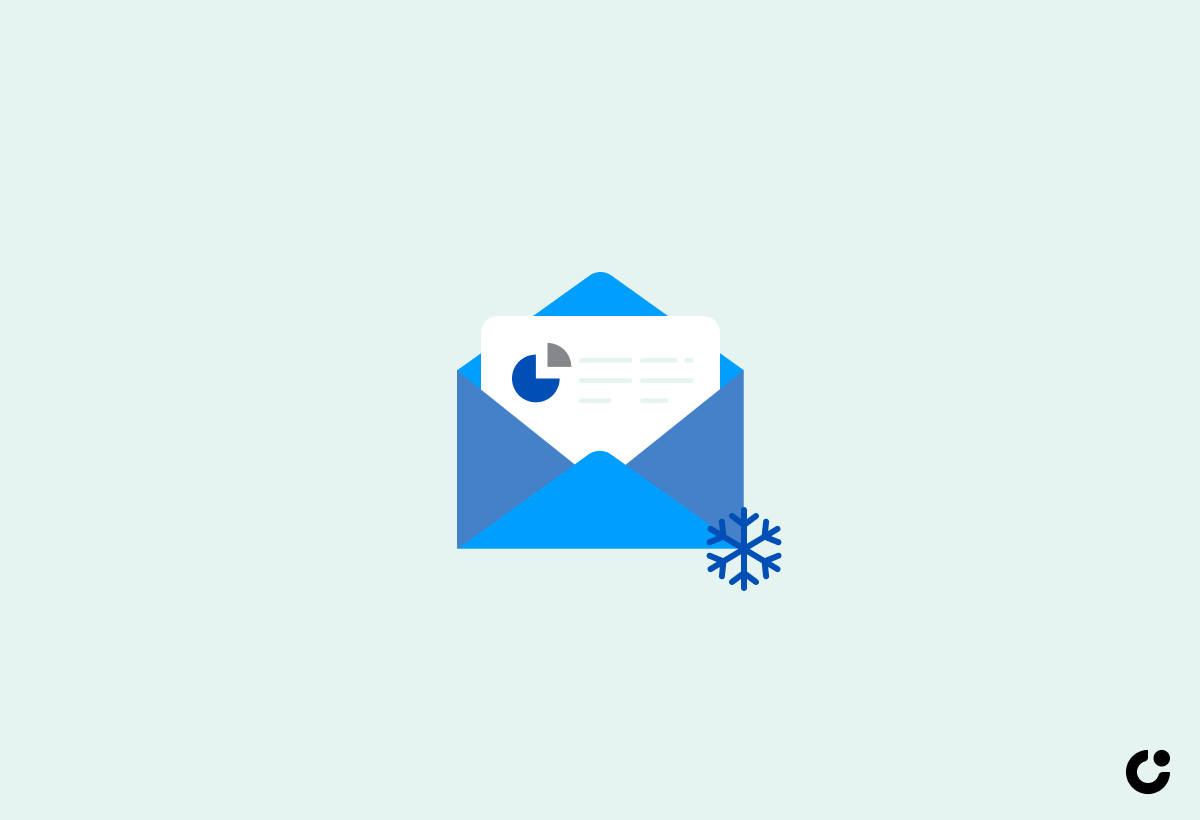
Cold emailing, a method of marketing that involves distributing unsolicited, customized emails, can generate leads and increase sales. Despite seeming antiquated in the current digital era, cold emailing retains its effectiveness when implemented correctly.
We will provide a comprehensive understanding of cold emailing, its objectives, success instances, and determinants of its effectiveness.
What is Cold Emailing?
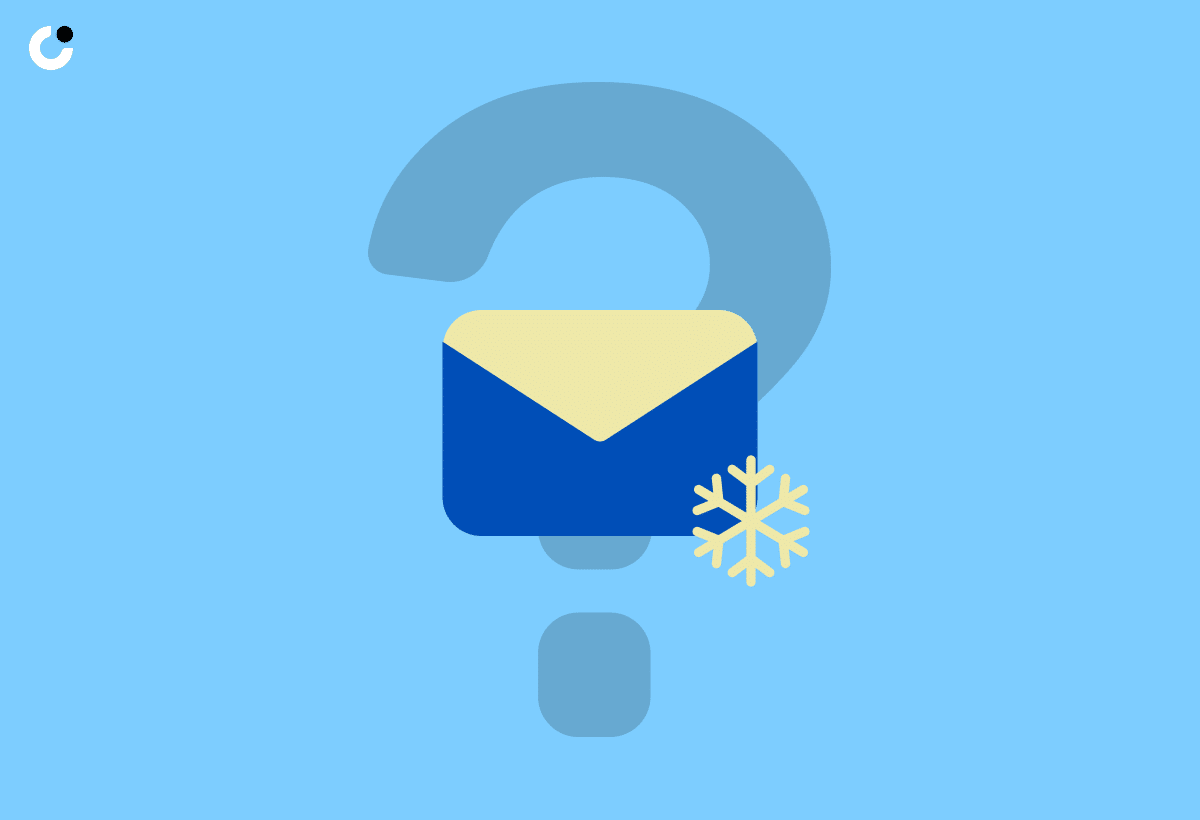
Cold emailing is the process of reaching out to prospects without prior contact, using targeted lists and personalized messaging. Compared to traditional cold calling, cold emailing is a more targeted approach, as it allows businesses to craft customized emails that address the pain points and needs of potential customers.
Even with the danger of being flagged as spam emails, expertly crafted cold emails can produce exceptional outcomes, validating that cold emailing works as a utility of a cold email campaign in email marketing as a strategy. By implementing well-planned email marketing campaigns, businesses can further enhance their cold emailing efforts and achieve even greater results, distinguishing their efforts from unsolicited emails.
The Purpose of Cold Emails
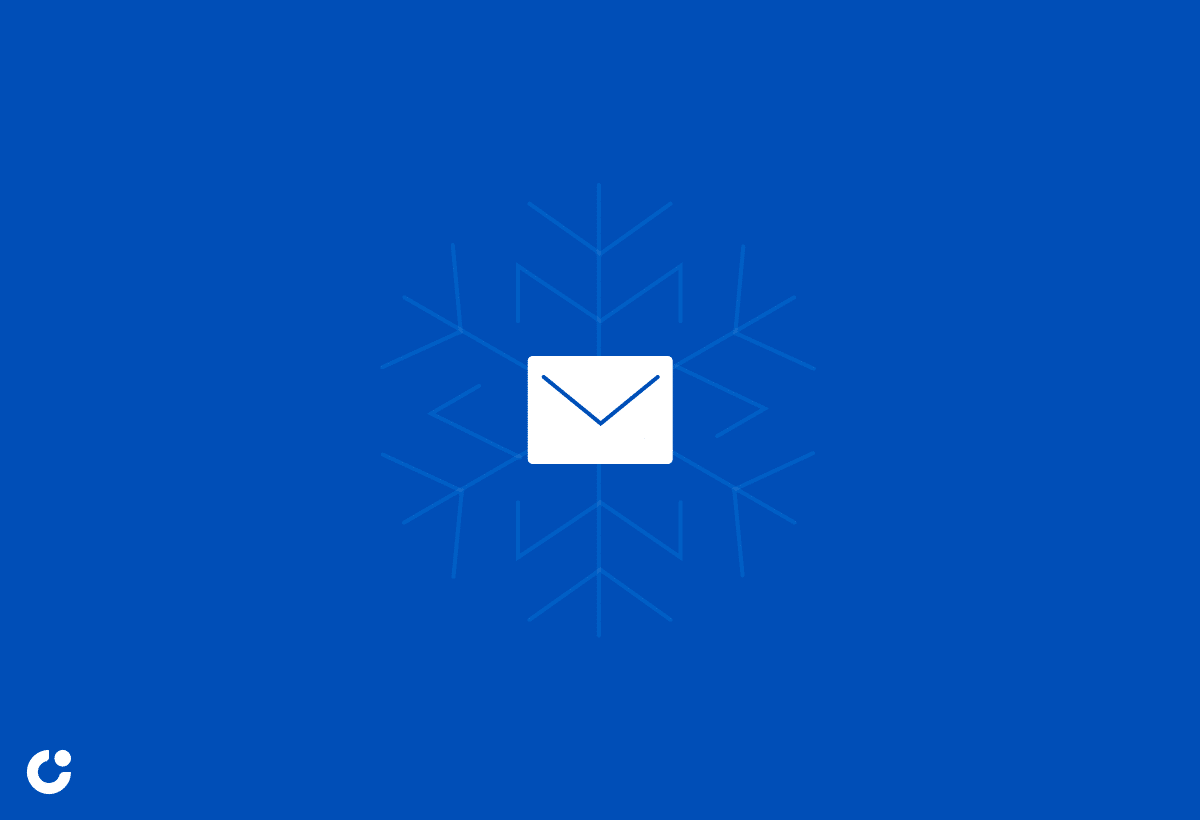
The primary purpose of cold emails is to introduce your business, build relationships, and generate new leads and opportunities for growth. Distributing customized emails to potential clients can capture their interest, tackle their challenges, and provide solutions suited to their unique requirements. Including social proof, like client testimonials or case studies, can further enhance your credibility and help establish trust with potential customers.
Cold Emailing Success Stories

Numerous firms have effectively employed cold emailing to realize swift expansion and significant return on investment (ROI). We will examine the successful instances of two firms, Company A and Company B, which adeptly employed cold email outreach for user base expansion and notable outcomes.
Company A: Rapid Growth Through Cold Outreach

Company A achieved rapid growth by using cold emailing to target specific industries and generate leads. They followed these steps:
- Conducted research to identify their target audience.
- Crafted compelling email messages that addressed their pain points and offered a solution.
- Achieved a high response rate and converted leads into customers.
This strategy led to rapid growth for their business, fostering strong business relationships.
Company B: High ROI With Targeted Cold Emails

Company B experienced a high ROI by implementing targeted cold email campaigns with personalized messaging and strategic calls-to-action. Their approach led to increased engagement and conversions, proving the effectiveness of cold emailing when done correctly.
By focusing on the needs of their prospects and offering tailored solutions, Company B successfully utilized cold emailing to achieve impressive results.
Factors That Influence Cold Emailing Effectiveness
The effectiveness of cold emailing depends on a number of factors, including personalization, deliverability, and timing. In this section, we’ll explore each of these factors in detail, discussing their impact on the success of your cold email campaigns and providing tips on how to optimize your approach.
Personalization and Relevance

Personalization and relevance play a pivotal role in captivating potential clients and boosting response rates in cold emailing. By crafting emails that are tailored to the recipient’s needs, interests, and pain points, you can create a strong connection and demonstrate that your product or service can address their specific challenges.
This personalized approach not only increases the chances of your email being opened and read, but also boosts the likelihood of the recipient taking action and converting into a customer.
Deliverability and Avoiding Spam Filters

Guaranteeing deliverability and circumventing spam filters are fundamental to the success of cold email campaigns. Emails that are marked as spam or end up in the recipient’s spam folder will likely never be opened or read, rendering your efforts futile. To maximize deliverability, it’s important to set up proper authentication protocols, such as SPF, DKIM, and DMARC, as well as craft your emails in a way that avoids triggering spam filters.
Timing and Frequency

The timing and frequency of cold emails can impact their effectiveness, with strategic scheduling leading to better results. Research suggests that the best times to send cold emails are between 8 am and 10 am or between 2 pm and 4 pm, with Tuesday and Thursday being the most effective days.
Moreover, distributing 1-3 cold emails weekly is recommended for the best outcomes.
Common Challenges and Solutions in Cold Emailing

Cold emailing presents its own set of challenges, and we will scrutinize some prevalent difficulties encountered during its implementation. These challenges include generating a quality prospect list, crafting compelling subject lines, and nurturing relationships post-cold email.
We’ll also provide tips and solutions for overcoming these obstacles and maximizing the effectiveness of your cold emailing efforts.
Generating a Quality Prospect List
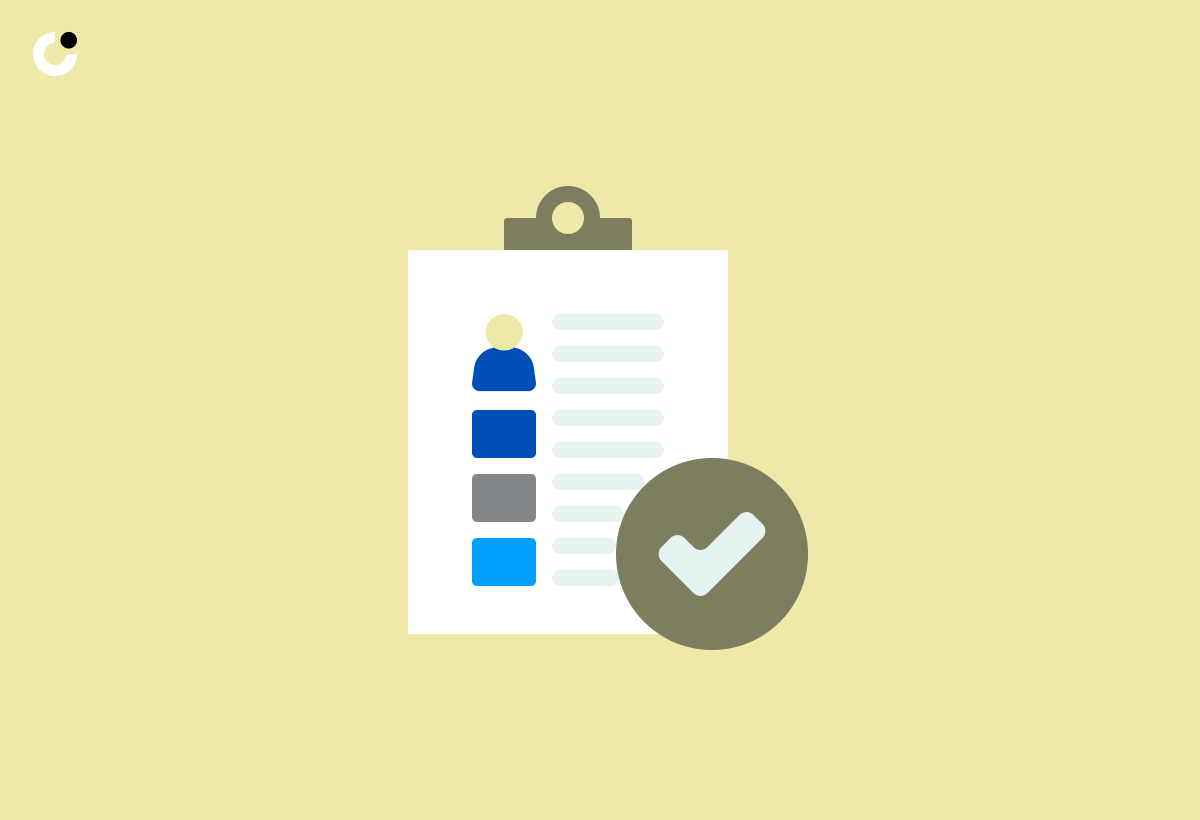
Creating a high-quality prospect list is a prerequisite for successful cold emailing. A well-researched and targeted prospect list can increase the chances of your emails reaching the right audience and generating the desired results.
To create a quality prospect list, conduct thorough research on your ideal customer profile (ICP), identify relevant industries and companies, and gather accurate contact information for potential leads.
Crafting Compelling Subject Lines
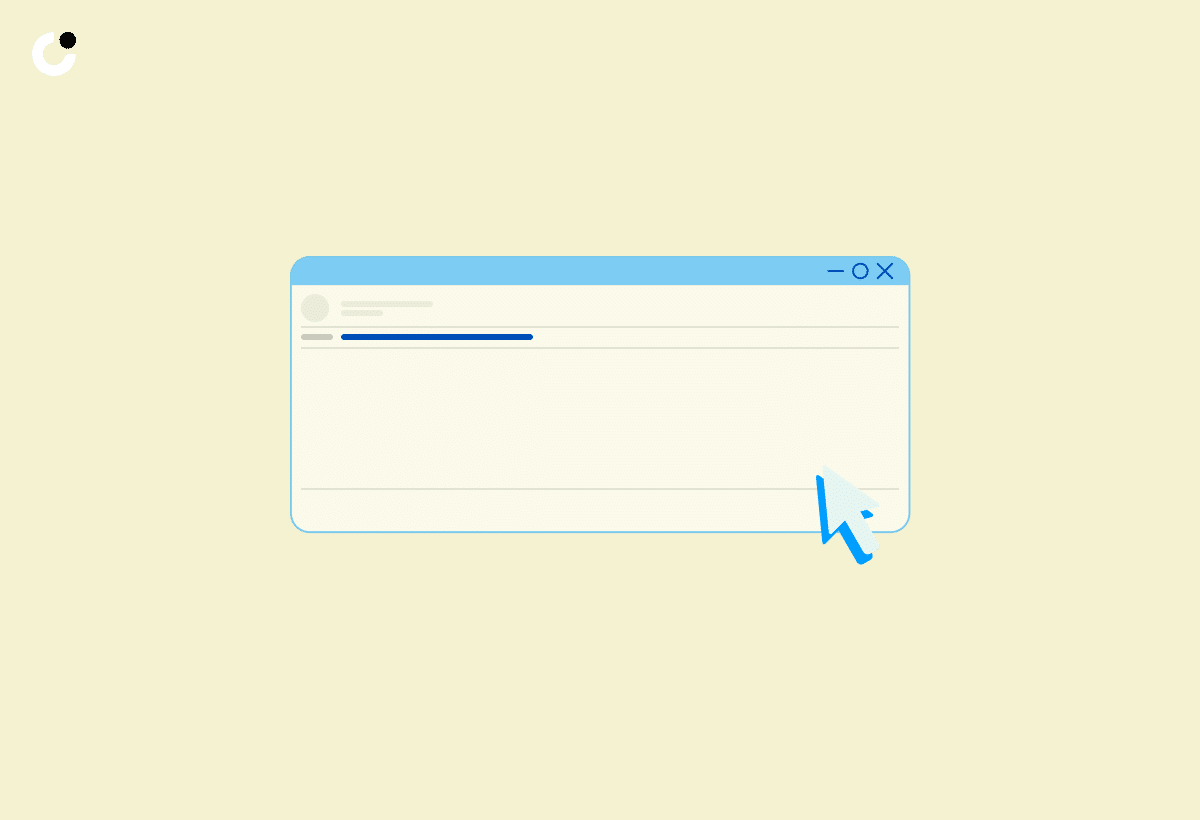
Designing engaging subject lines is vital to grabbing attention and enhancing open rates in cold emailing. A great subject line should:
- Be short
- Be relevant
- Be curiosity-inducing
- Avoid spammy language or deceptive tactics
A/B testing different subject lines can help you determine which ones resonate best with your audience, allowing you to optimize your approach and improve your overall cold email performance.
Nurturing Relationships Post-Cold Email

Nurturing relationships after the initial cold email is important for building trust and converting prospects into customers. To effectively nurture these relationships, offer valuable content, personalize subsequent emails, and maintain a balance between sales and relationship building.
Additionally, monitor responses and open rates to gauge the effectiveness of your outreach efforts and make adjustments as needed, including the usage of an opt out link.
Cold Emailing Best Practices
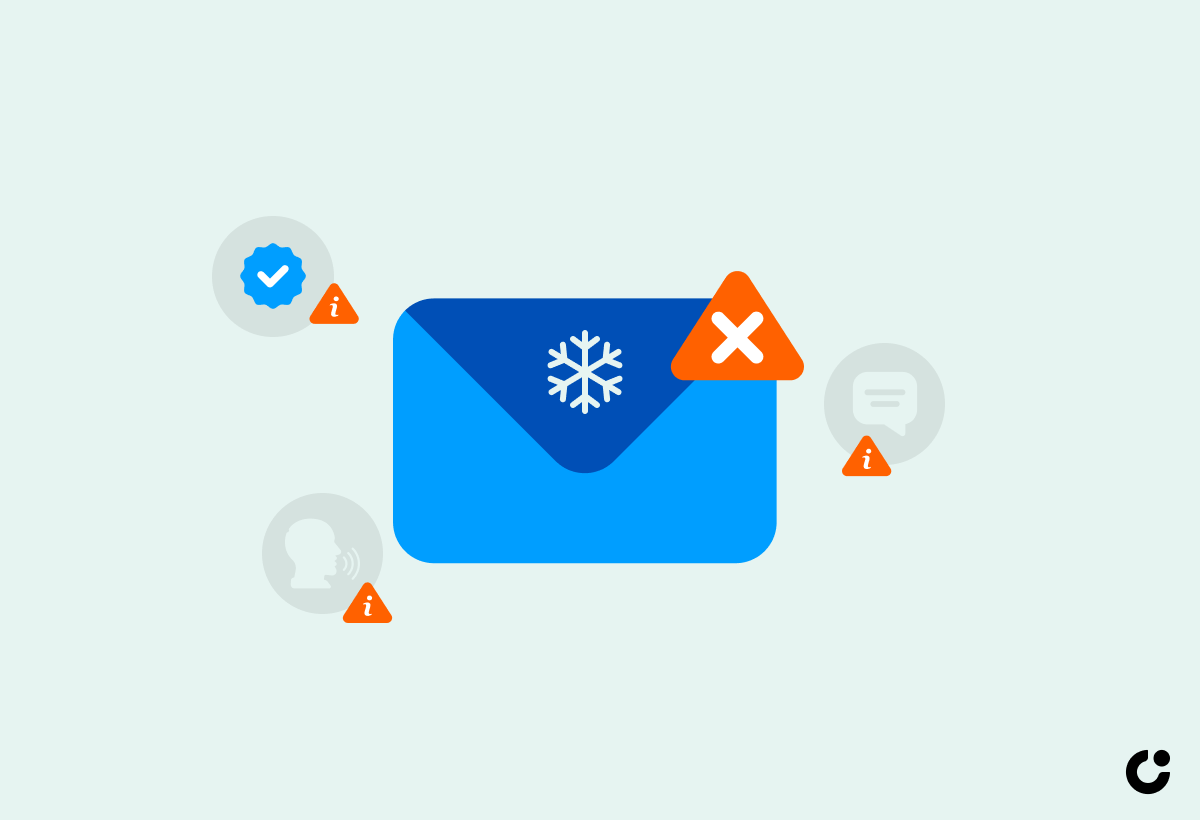
Having covered various aspects, challenges, and solutions in cold emailing, we will now provide some best practices to help you refine your approach further. In this section, we’ll discuss optimizing your sender information, focusing on value and benefits, and including a clear call-to-action in your emails.
Optimize Your Sender Information
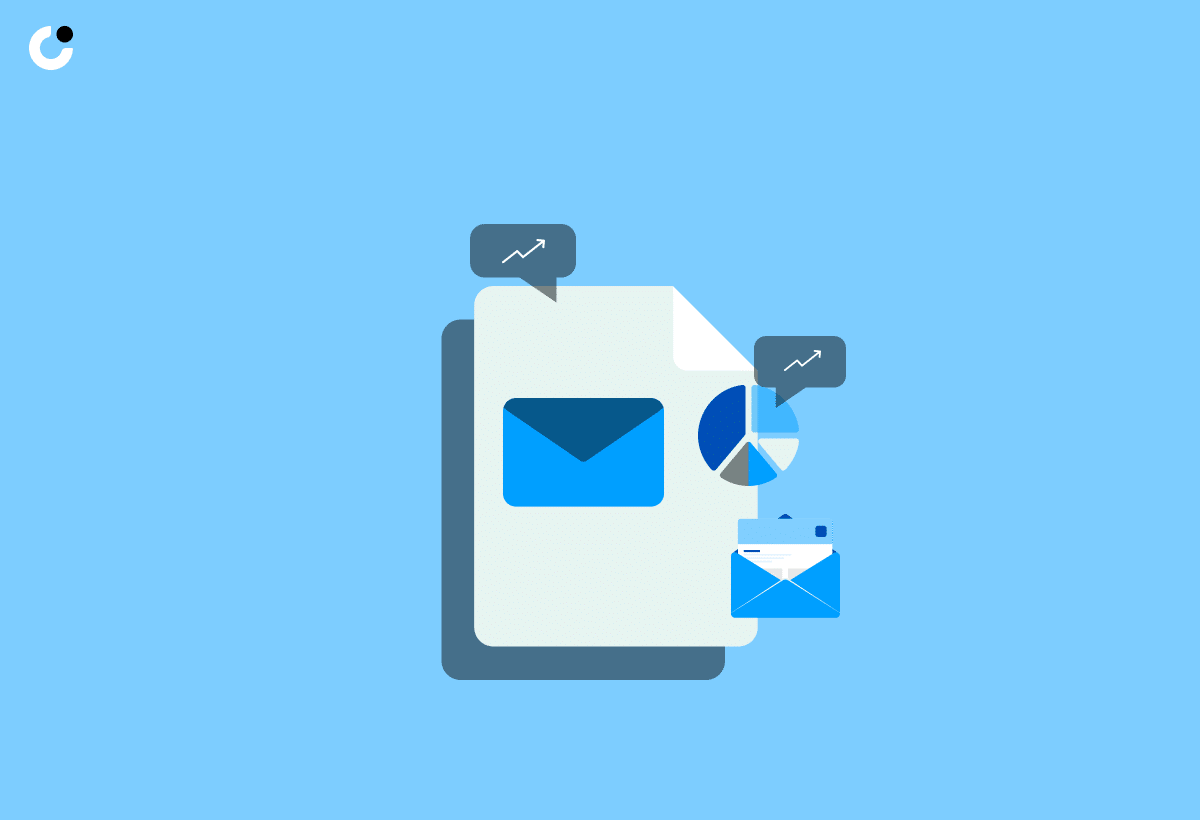
Refine your sender information to build credibility and evade being flagged as spam in the context of cold emailing. This includes using valid email addresses, ensuring proper authentication protocols, and avoiding language or formatting that could trigger spam filters.
By presenting yourself as a legitimate and trustworthy sender, you increase the chances that your emails will be opened, read, and acted upon.
Focus on Value and Benefits

Emphasize the value and advantages your product or service brings to potential clients in your cold emails to enhance engagement and conversion rates. Rather than simply listing features, emphasize how your offering can address specific challenges or needs of your target audience.
By demonstrating the real-world impact and advantages of your product or service, you can capture the attention of your prospects and encourage them to take action.
Include a Clear Call-to-Action
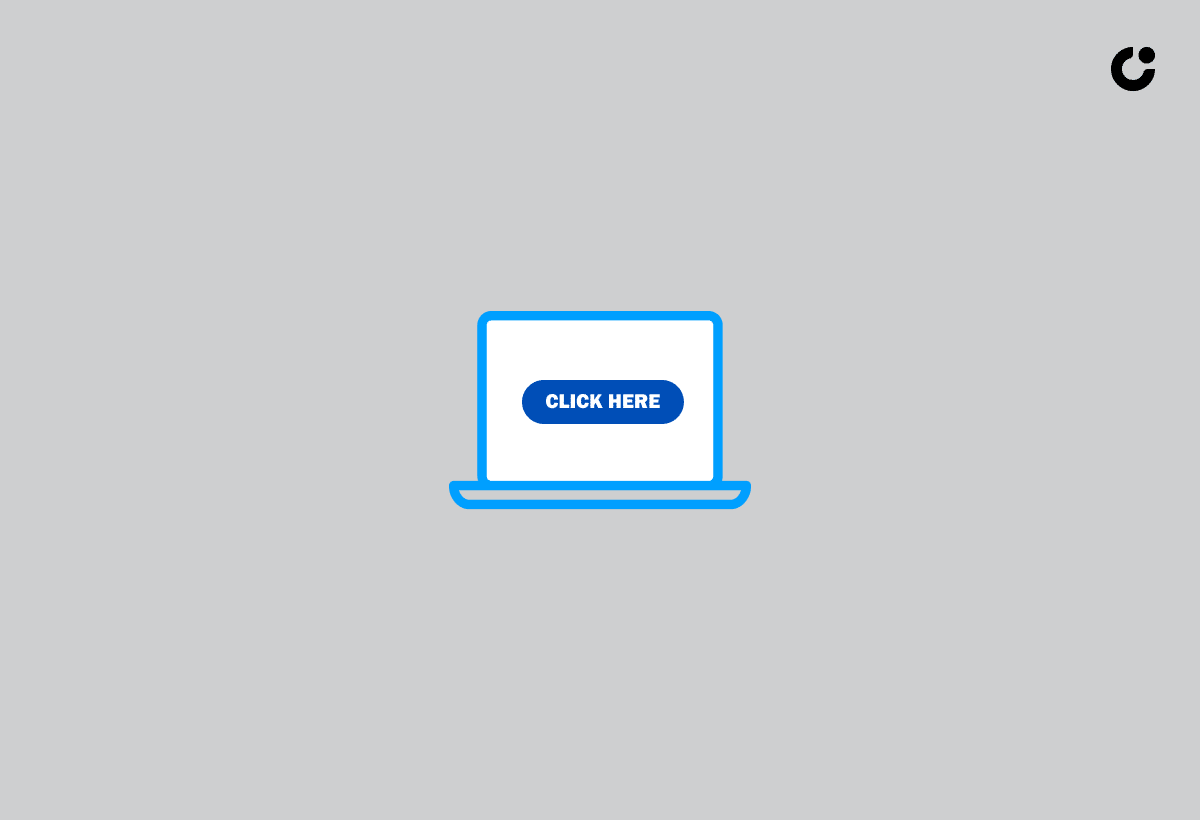
Include a clear call-to-action in your cold emails to guide prospects towards the desired outcome and improve response rates. A strong call-to-action should be concise, specific, and action-oriented, leaving no doubt as to what the recipient should do next. By making it easy for prospects to take the next step, you increase the likelihood of conversions and maximize the effectiveness of your cold emailing efforts.
Integrating Cold Emailing Into Your Marketing Strategy

As observed, cold emailing can prove to be a beneficial tool in your marketing mix when implemented aptly. However, to truly maximize its potential, it’s important to integrate cold emailing with other marketing tactics and measure its performance.
We will examine ways to merge cold emailing with other strategies and discuss techniques for monitoring and scrutinizing your campaign outcomes.
Combining Cold Emailing With Other Tactics

Combining cold emailing with other marketing tactics, such as social selling and inbound marketing, can lead to a more comprehensive and effective strategy. By leveraging the strengths of each approach, you can create a well-rounded marketing plan that engages prospects at different stages of their buyer journey.
This integrated approach not only increases the chances of conversions, but also helps to build long-lasting relationships with your target audience.
Measuring and Analyzing Cold Email Performance
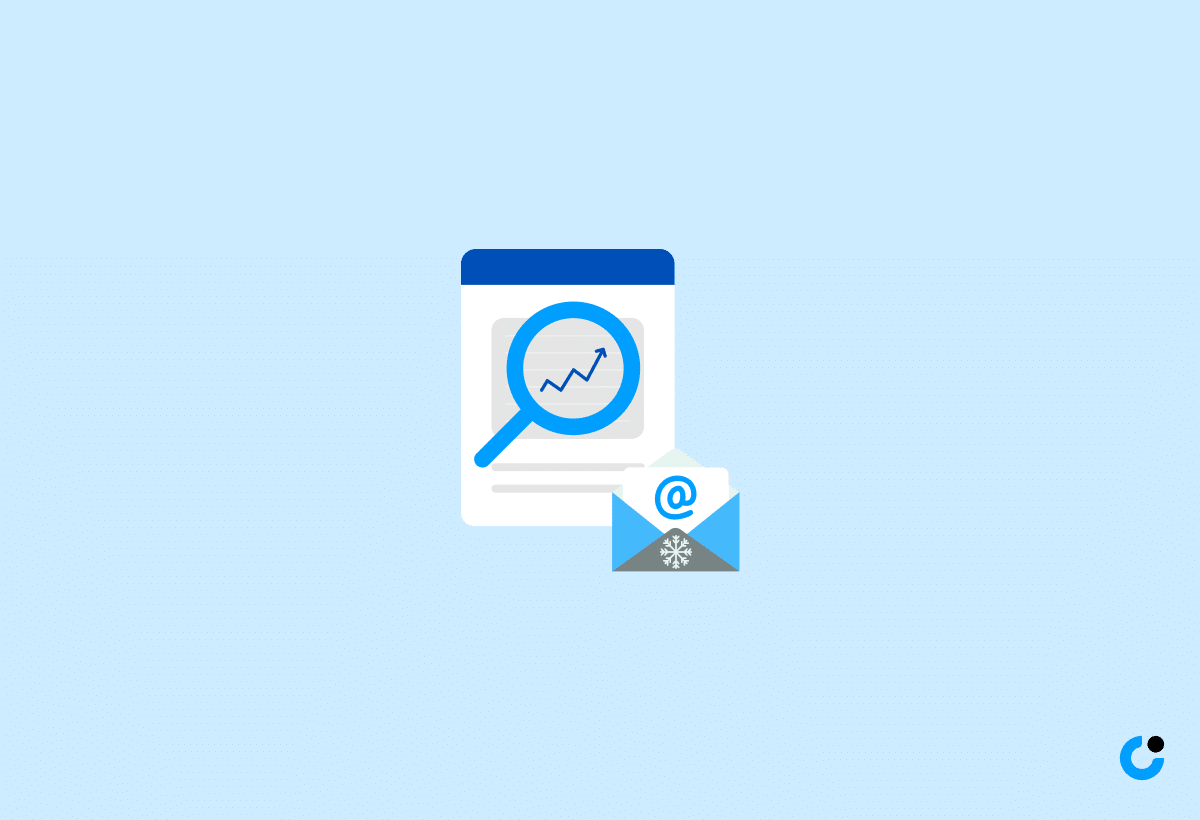
Assessing and scrutinizing cold email performance is significant for enhancing your approach and optimizing outcomes. Track metrics such as open rates, response rates, and conversions to gauge the effectiveness of your campaigns and identify areas for improvement.
By consistently monitoring your performance and making data-driven adjustments, you can optimize your cold emailing efforts and achieve better outcomes.
Summary
In conclusion, cold emailing remains a powerful and effective marketing tactic when executed correctly. By understanding the factors that influence its success, overcoming common challenges, and implementing best practices, you can harness the potential of cold emailing to generate leads, drive sales, and grow your business. So, why not give cold emailing a try and unlock new opportunities for your company?
Frequently Asked Questions
How to write cold email?
Writing a successful cold email means making a personal connection with the recipient, defining your value proposition and goals, researching their needs, and crafting an irresistible subject line. Keep your message concise and actionable, and don't rely on templates or generic content. Make sure to include a strong call to action and finish with a professional signature.
What is the main goal of cold emailing?
The main goal of cold emailing is to introduce your business, build relationships, and generate new leads and opportunities.
How can I improve the effectiveness of my cold email campaigns?
To improve the effectiveness of your cold email campaigns, focus on personalization, deliverability, timing, generating quality prospect lists and crafting compelling subject lines.
What are the best practices for writing cold emails?
To write an effective cold email, make sure your sender information is optimized, focus on the value and benefits of what you are offering, include a clear call-to-action, use a professional tone, and start with a conclusion in the first sentence without any introduction or summary.
How can I measure the performance of my cold email campaigns?
Measure the performance of your cold email campaigns by tracking metrics such as open rates, response rates, and conversions. This will allow you to determine the effectiveness of your campaigns and pinpoint areas for improvement.

